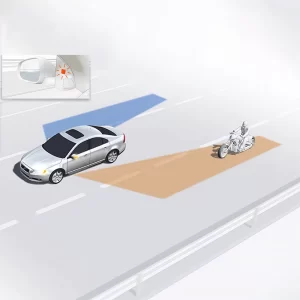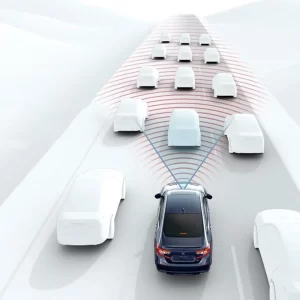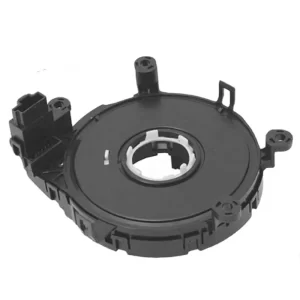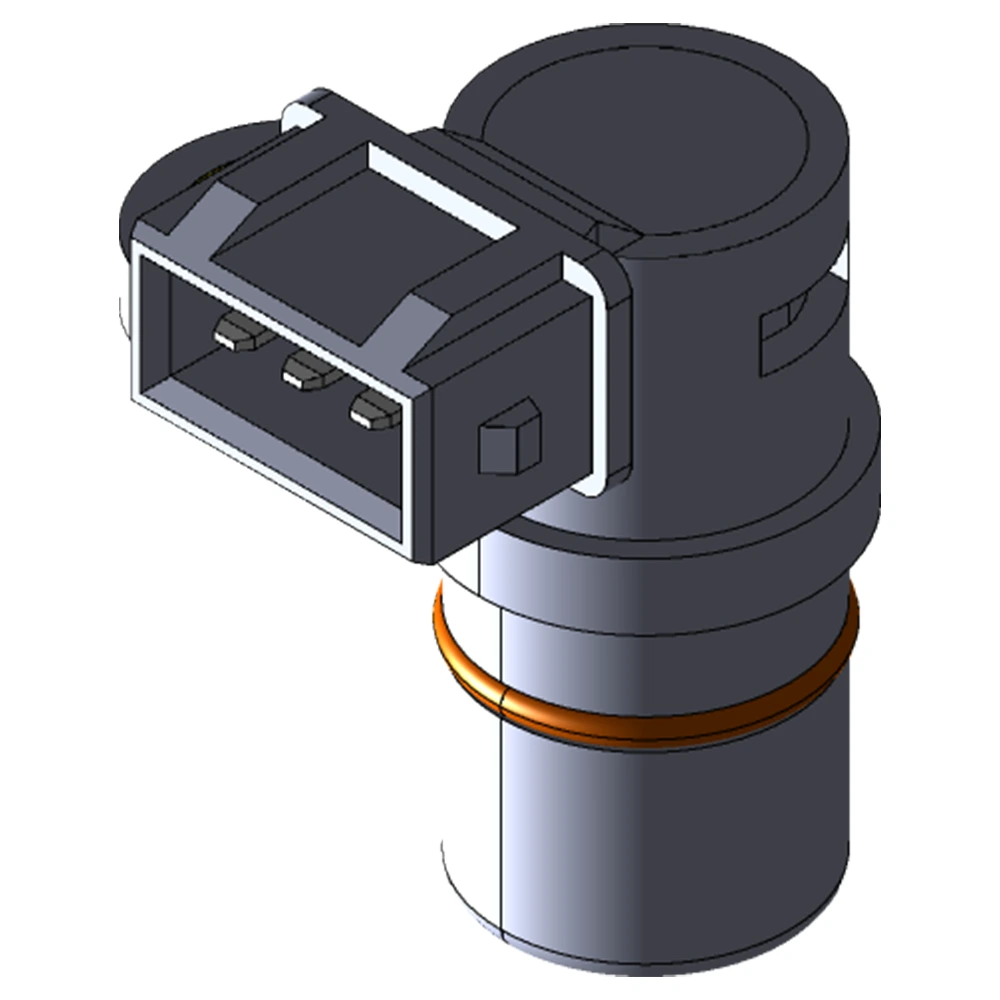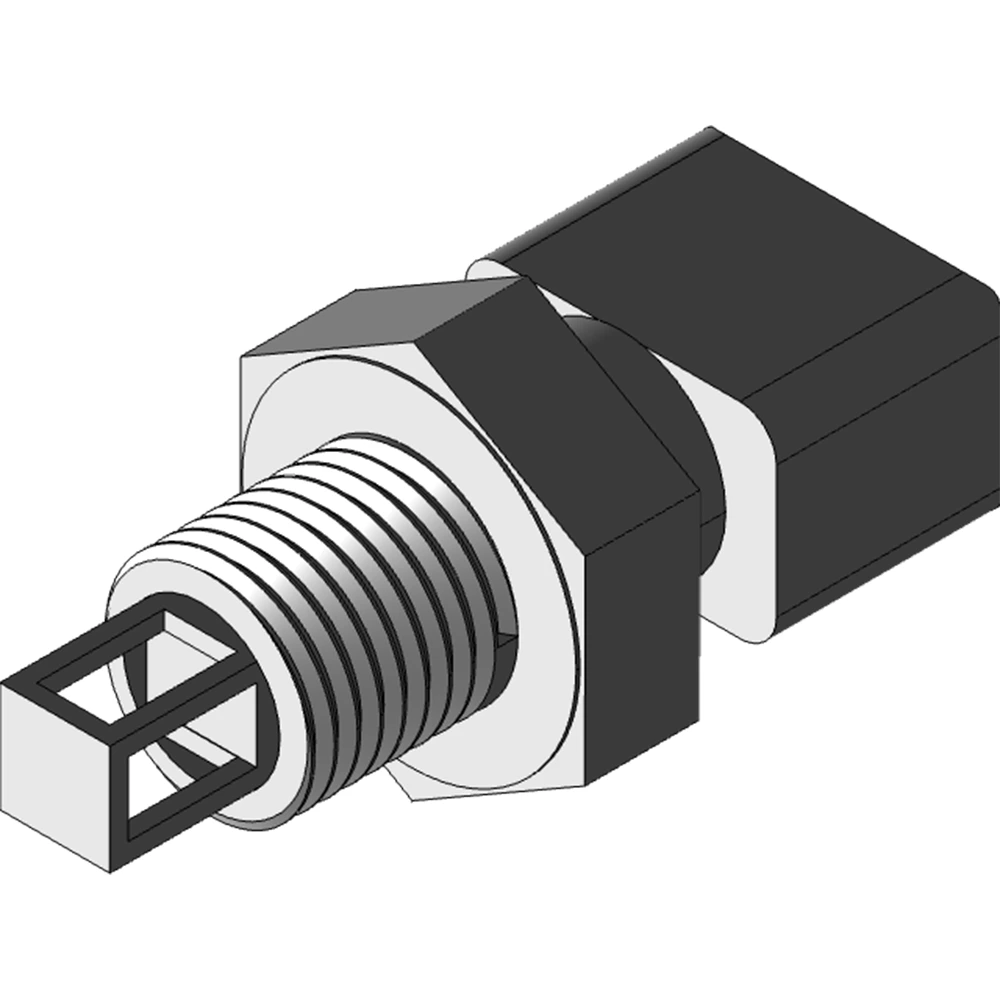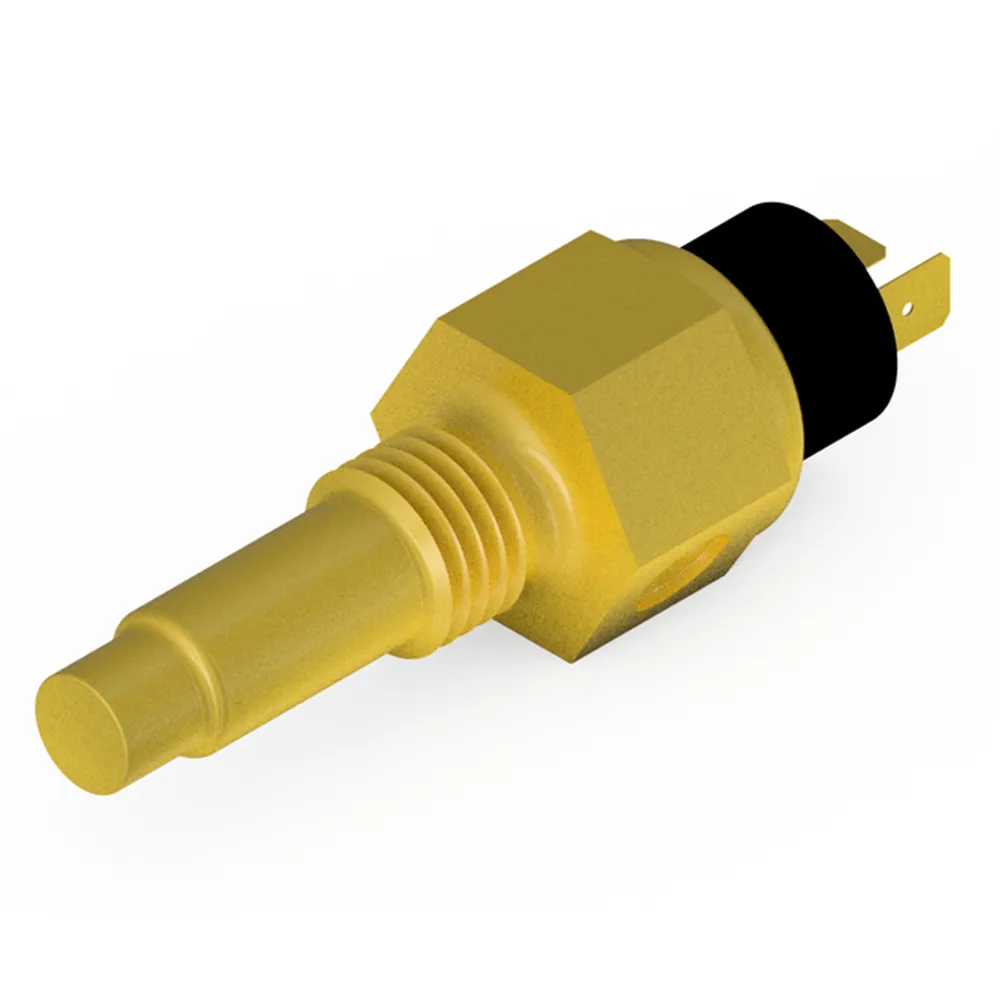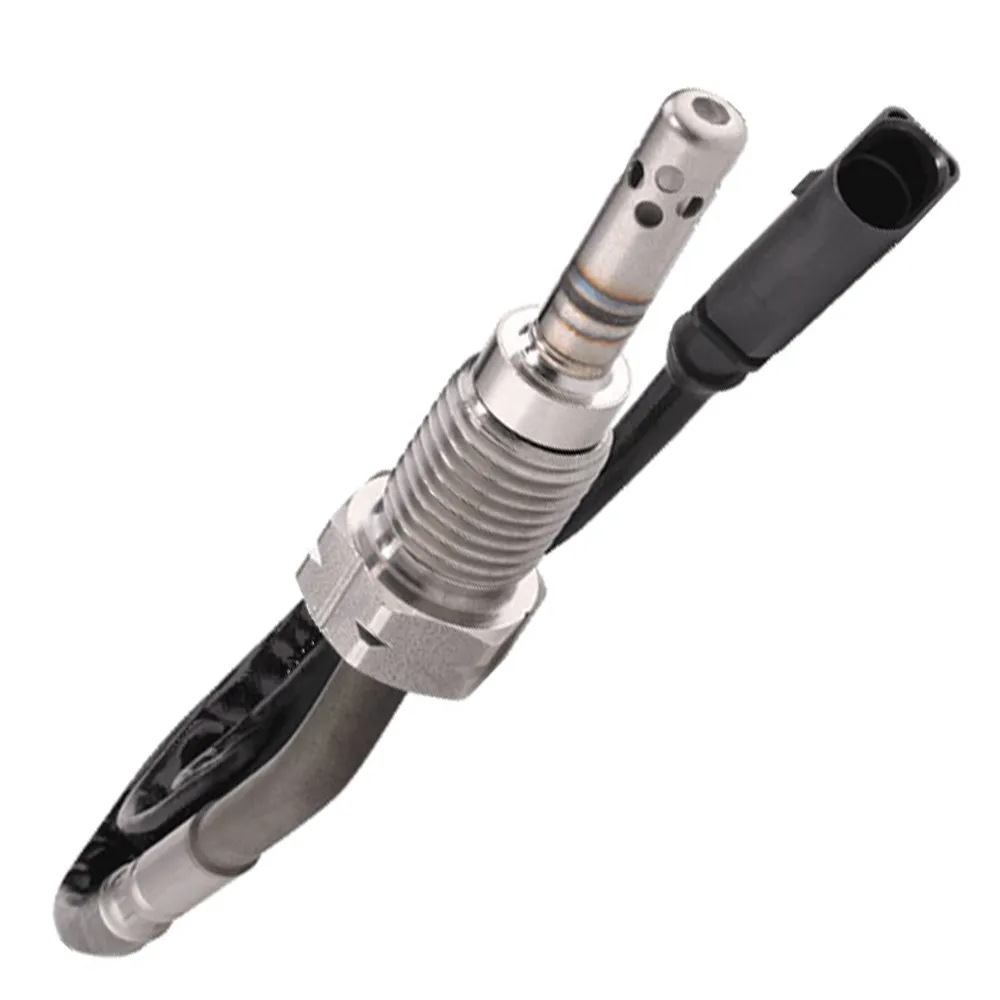Resource Center
Expert Guidance on Installation, Fault Diagnosis, and System Integration
A practical guide to selecting the optimal PM sensor based on vehicle type, operating conditions, and emission requirements.......
Learn about the most frequent PM sensor fault codes, their causes, and step-by-step solutions to maintain accurate particulate monitoring.......
Built for harsh environments, our PM sensors ensure emission control for heavy equipment and non-road mobile machinery (NRMM).......
Diesel engines produce soot that accumulates in the Diesel Particulate Filter (DPF). If left unchecked, this buildup can clog filters, reduce engine performance, and increase emissions. This is where PM sensors come into play.......
As global emission regulations tighten, reducing particulate emissions has become a top priority for both governments and manufacturers. ......
Under increasingly stringent global emissions regulations, the automotive sensor market is poised for significant growth......
Understand the working principle and key functions of the ESC system......
What‘s the of EGR valve difference between diesel vehicles & petrol vehicles......
How ignition coil works?
Why ignition coil failed?
What are common ignition coil error codes?
What are symptoms of a faulty ignition coil?......
Ease step for ignition coil troubleshooting by 12 step.......
What are types of ignition coil?
How it works ?
What is the difference between them?......
A practical guide to selecting the optimal PM sensor based on vehicle type, operating conditions, and emission requirements.......
Learn about the most frequent PM sensor fault codes, their causes, and step-by-step solutions to maintain accurate particulate monitoring.......
Built for harsh environments, our PM sensors ensure emission control for heavy equipment and non-road mobile machinery (NRMM).......
Diesel engines produce soot that accumulates in the Diesel Particulate Filter (DPF). If left unchecked, this buildup can clog filters, reduce engine performance, and increase emissions. This is where PM sensors come into play.......
As global emission regulations tighten, reducing particulate emissions has become a top priority for both governments and manufacturers. ......
Under increasingly stringent global emissions regulations, the automotive sensor market is poised for significant growth......
How crankshaft position sensor works?
Why crankshaft position sensor failed?
What are common CKP sensor fault codes?
What are symptoms of CKP sensor malfunction?
How many CKP sensor types?
How to troubleshooting a crankshaft position sensor?
How to replace a faulty crankshaft position sensor?......
How IAT sensor work?
Why IAT sensor failed?
What are common IAT sensor fault codes?
What are symptoms of Intake air temperature (IAT) sensor malfunction?
How to troubleshooting an IAT sensor?
How to replace a faulty IAT sensor?......
How coolant temperature sensor work?
Why coolant temperature sensor failed?
What are coolant temperature sensor common fault codes?
What are symptoms of a faulty coolant temperature sensor?
How to troubleshooting a faulty coolant temperature sensor?
How to replace a faulty coolant temperature sensor?......
What is an exhaust gas temperature sensor?
How do exhaust gas temperature sensors work?
Why do exhaust gas temperature sensors failed?
What are common exhaust gas temperature sensor fault codes?
Symptoms of a faulty exhaust gas temperature sensor?
Troubleshooting an exhaust gas temperature sensor?
Troubleshooting an exhaust gas temperature sensor?......
How MAP sensor work?
How MAP sensor work?
Common MAP sensor fault codes?
What to pay attention to in the case of a failed MAP sensor?
Troubleshooting a MAP sensor?
How to replace a faulty MAP sensor......
A practical guide to selecting the optimal PM sensor based on vehicle type, operating conditions, and emission requirements.......
Learn about the most frequent PM sensor fault codes, their causes, and step-by-step solutions to maintain accurate particulate monitoring.......
Built for harsh environments, our PM sensors ensure emission control for heavy equipment and non-road mobile machinery (NRMM).......
Diesel engines produce soot that accumulates in the Diesel Particulate Filter (DPF). If left unchecked, this buildup can clog filters, reduce engine performance, and increase emissions. This is where PM sensors come into play.......
As global emission regulations tighten, reducing particulate emissions has become a top priority for both governments and manufacturers. ......
Under increasingly stringent global emissions regulations, the automotive sensor market is poised for significant growth......
A practical guide to selecting the optimal PM sensor based on vehicle type, operating conditions, and emission requirements.......
Learn about the most frequent PM sensor fault codes, their causes, and step-by-step solutions to maintain accurate particulate monitoring.......
Understand the working principle and key functions of the ESC system......
How to Choose the Right PM Sensor for Your Vehicle or Fleet
A practical guide to selecting the optimal PM sensor based on vehicle type, operating conditions, and emission requirements.
Understanding Common PM Sensor Fault Codes and How to Resolve Them
Learn about the most frequent PM sensor fault codes, their causes, and step-by-step solutions to maintain accurate particulate monitoring.
Rugged PM Sensors for Off-Highway and Construction Equipment
Built for harsh environments, our PM sensors ensure emission control for heavy equipment and non-road mobile machinery (NRMM).
How PM Sensors Optimize DPF Regeneration in Diesel Engines
Diesel engines produce soot that accumulates in the Diesel Particulate Filter (DPF). If left unchecked, this buildup can clog filters, reduce engine performance, and increase emissions. This is where PM sensors come into play.
Latest Resources
A practical guide to selecting the optimal PM sensor based on vehicle type, operating conditions, and emission requirements.......
Learn about the most frequent PM sensor fault codes, their causes, and step-by-step solutions to maintain accurate particulate monitoring.......

